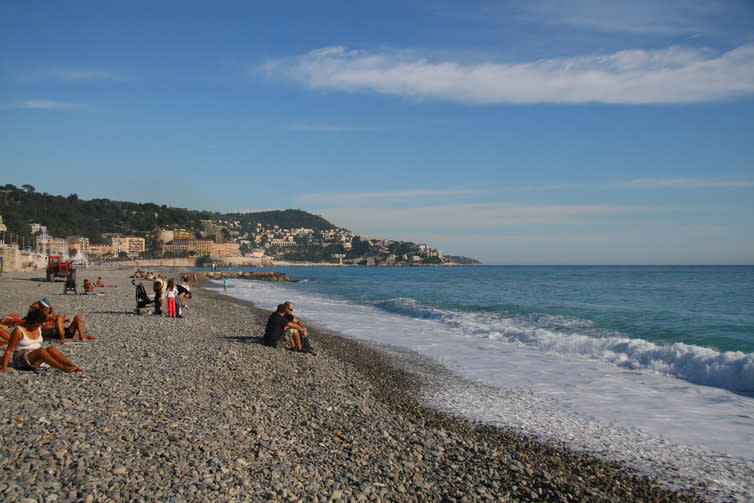How Europe's coastal cities can cope with rising sea levels

The average global sea level has risen by more than 20cm since 1980 – that’s a rate of 0.5mm per month – according to new research from the Basque Centre for Climate Change (BCCC). These are frightening statistics for Europe’s vulnerable coastal cities including Barcelona, Istanbul, Dublin and others. With homes, infrastructure and indeed entire economies at stake, it’s crucial for authorities to understand the extent of the risk these cities are facing – and take steps to manage it.
To start with, it’s important to review such claims in detail, as predictions can vary greatly depending on such factors as the warming of the oceans and the melt rate of ice sheets in Greenland and Antarctica. A closer inspection of the BCCC study shows that the authors misinterpreted the data, as the original source offers a much more conservative sea level rise of 20cm since 1880 – a rate of 1.5mm a year. This falls in the same ballpark as estimates by the Intergovernmental Panel on Climate Change and other recent research, making it a more credible figure.
Next, authorities need to understand the nature of the risk associated with sea level rise. While higher sea levels can mean that the ocean encroaches on developed coastal areas, this isn’t the only – or even the most serious – risk. Sea level rise is an important factor in climate change, which also heightens the risk from coastal storms and floods for European coastal cities.

Stormy seas
Storminess and the intensity, or “magnitude”, of storms – rather than an increase in their frequency – is difficult to predict because of their natural variability. Predictions tend to rely on complex mathematical models for forecasting. In the UK, for example, scientists from the University of Reading and the Meteorological Office found an increase in the number of storms since 1910, in part due to climate change. But the array of models often show a range of results regarding frequency and magnitude from no change at all, to a more rapid increase throughout the 21st century.
In fact, these storms could lead to greater coastal impact and erosion, as they cause a rapid rise in the average level of the sea, compared to that experienced because of long-term sea level rise.
Across Europe, cities, transport infrastructure and major industry are often located in the coastal zone. These coastal assets are vulnerable to the threat posed by sea level change and storminess. The extreme water level rise associated with storm surges is particularly worrying. A surge associated with a storm in 2005 added 1.5 metres to highest tide across northern Scotland and the Hebrides. And in 2013, a storm in southern England raised water levels at some locations by an additional 5-6 metres.

Building resilience
To protect Europe’s coastal cities from such disasters, the European Environment Agency suggests that authorities should find ways to improve resilience. This means finding ways to adapt to and lessen the impact of climate change, by investing in long-term, preventative measures.
This could mean anything from making improvements to urban planning with key consultation across a range of experts including climate scientists, coastal zone mangers and infrastructure managers, to increasing the number and size of green areas and limiting construction on floodplains.
Specifically, planners need to start moving away from hard engineering solutions such as sea walls and rock armour. Instead, they should consider working with natural processes to increase coastal resilience. For instance, many European coastal areas have extensive wetlands and beach systems, which can provide a natural “buffer” against the impact of sea level rise and intermittent storm surges.
Yet it can be difficult to persuade the inhabitants of coastal zones to have confidence in these “softer” solutions such as beach nourishment and wetland restoration. Education is key here, to explain how these measures can help.
There’s still much progress to be made. Many cities are just beginning to develop and implement strategies to manage the impacts of climate change. These are long-term approaches, not short-term fixes, and as such, it will take time for authorities to gather the necessary political momentum and funds to invest toward mitigating coastal risks. A well-rounded approach which considers natural coastal processes, urban planning and economic vulnerability is crucial to building resilience, and protecting coastal cities from climate change.
This article was originally published on The Conversation. Read the original article.

Sue Dawson receives funding from NERC Arctic program to investigate the impact of tsunamis in the northern North Atlantic. This article benefited from discussions with Alastair Dawson, Honorary Professor, University of Dundee.

 Yahoo News
Yahoo News 
